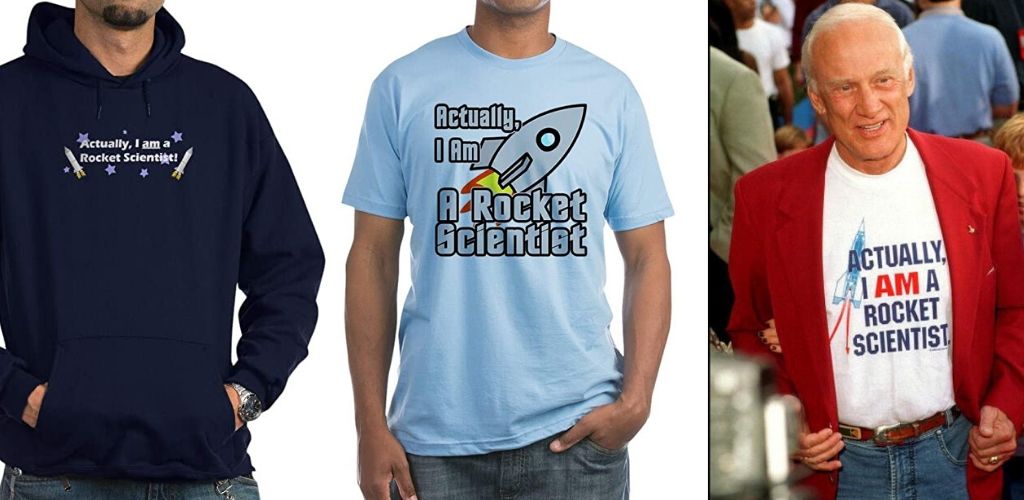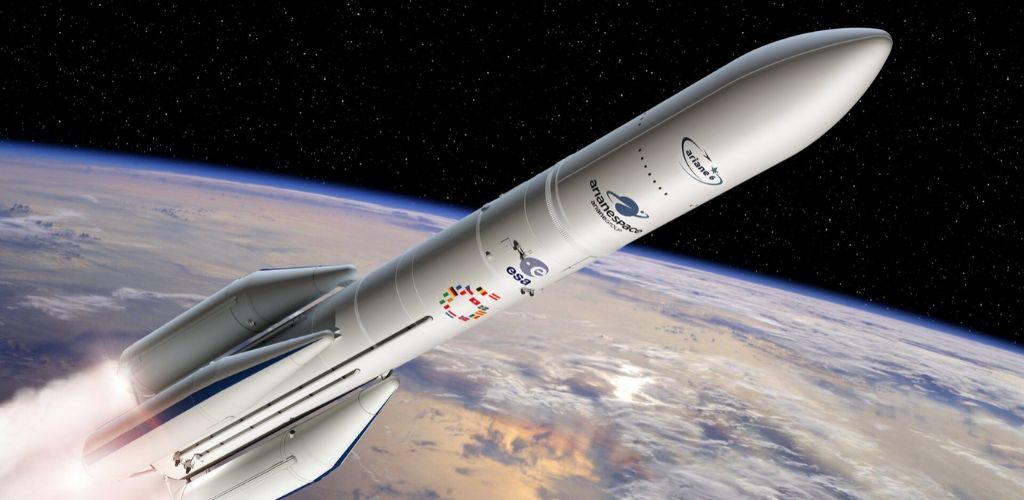
Hi Space Lovers! Today, let’s take a look at Ariane 6, the new European Launch System whose maiden flight is planned for the end of 2020.
What can we expect from this new version of the Ariane launcher?
How is the project developed, seen from the inside?
How are the tests carried out?..
In January 2020, we met two special guests to talk about Ariane 6
Aline Decadi is Ariane 6 Dependability and Safety Engineer consultant at European Space Agency.
You may remember our interview with Aline Decadi about her job as an aerospace engineer, or the story of her participation in the Mars simulation AMADEE-18.
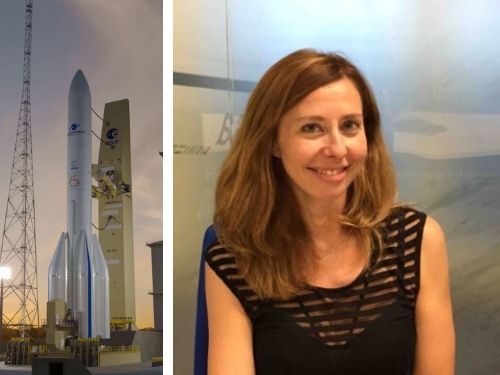
Jean-François Clervoy is a french astronaut. He did 3 missions in space, he developed the 0G flights in Europe and he is the current CEO of Novespace, located in France.
“Billy-Bob” Jean-François Clervoy told us in detail about his space missions and his adventures in weightlessness during an interview, an incredible story to listen to again and again!
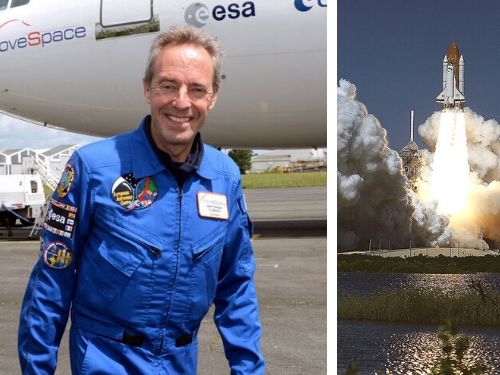
Let’s go!
From Space With Love – Hello Aline and Jean-François!
Aline Decadi – Hello!
Jean-François Clervoy – Bonjour !
From Space With Love – Aline, you are currently Ariane 6 Dependability and Safety Engineer consultant at European Space Agency. Could you describe your role in the development of Ariane 6 and what does this mean in your career?
Aline Decadi – Yes! I’m a rocket scientist, consultant from HE Space and I have worked for the European Space Agency for eight years. Actually, this is the 30th of January. That will be their anniversary, so almost eight year.
I’m working on the development of the future European launch system, Ariane 6. I’m a dependability and safety engineer: It means that I’m in charge of developing a safe and reliable design; with the main objective to prevent from catastrophic failure conditions, which could endanger the population or the facilities on-ground and in flight.
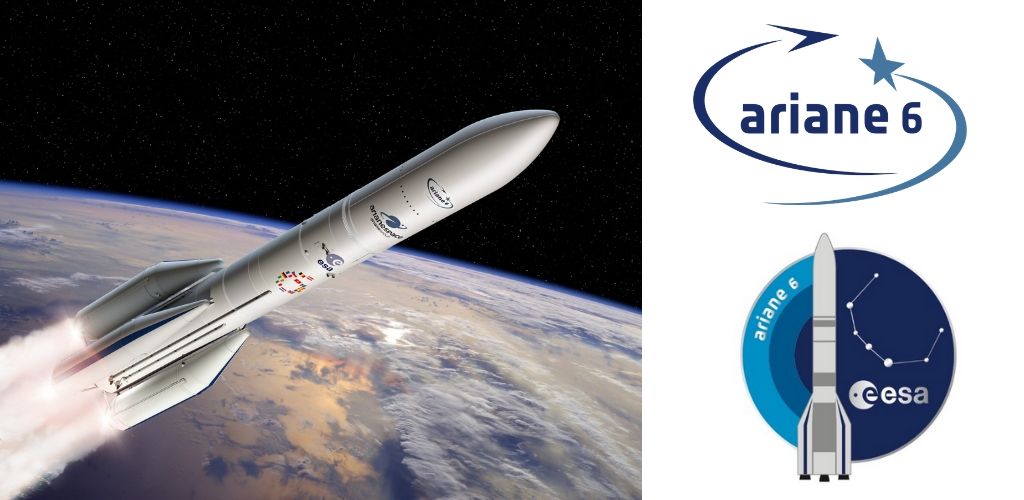
Artist’s view of Ariane 6 and logos – Credits: ESA – D. Ducros
On Ariane 6, my day-to-day work is actually to analyze the operational concept. And for each step, I identify all the potential failure of the critical systems (we call them hazardous systems). These systems may be toxic, create an electrical arc/ short-cut, or may leak, or catch fire and explode.
So I simulate failures that could occur on mechanical, pyrotechnical, electrical and fluidic systems, in particular the ones interfacing between the ground base and the launcher. They are systems that are used on-ground to integrate the launcher elements, or to power-supply them, or to fill/ drain the tanks.
And also for in-flight phase, there are ground stations that track the launcher localization in real time over its trajectory. And there is the possibility in close-range to neutralise it in case it would become dangerous, as this is the way to ensure the safety of populations.
So for each possible feared event, my mission is to propose mitigations, in order to either remove the hazards completely, or reduce the probability of occurrence to an acceptable level.
For this, I’m part of an engineering team at ESA, called the Ariane 6 Launch System Architect Team. We work in close collaboration with the industry: ArianeGroup for the launcher, the CNES (French space agency) for the launch base, and everybody works very hard to bring her/his skills to this project and make a robust design. We (the engineering teams) identify scenarios of failures, and deeply analyze/simulate how to prevent from them.
Based on that, we elaborate the building blocks constituting the launch system risk analyses of the design, as well as the operational procedures. And we submit all these technical documents, duly justified, to the safeguard authorities at the Guiana Space Center to get their approval to operate these critical systems in Kourou. It represents, up to now, around 150 safety topics to be addressed related to these hazardous systems. So as you can see, it’s a huge endeavour in order to cover all this activity through the overall development.
From Space With Love – OK, thank you! Jean-François, what do you think of the upcoming launch of this new European launcher?
Jean-François Clervoy – You know, in the world of engineering, astronautics is recognized as the most demanding discipline. And among the various disciplines within astronautics, rocket science, designing, constructing, operating rockets, is recognized as the most challenging discipline.
It’s more difficult to design an efficient rocket than to design a satellite. So for any space agency, any country who wants to be at the top level of astronautics, they have to have a program for launchers and not depend only on launchers designed by others.
And France – and behind France, Europe – from the very beginning, started developing this Know-How: how to design, how to conceive rockets, to make rockets, to operate rockets, to launch rockets. And we have been the third after the Russians/the Soviets and the Americans.
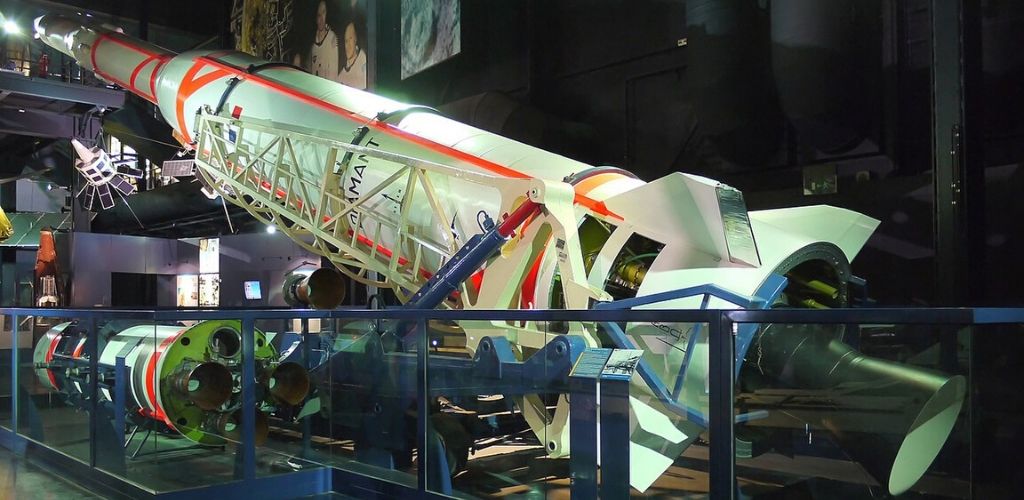
The Diamant rocket (Diamant is French for “diamond”) was the first satellite launcher not built by either the United States or USSR. Credit: Pline / CC BY-SA (http://creativecommons.org/licenses/by-sa/3.0/)
It is very important for us, French and Europeans, if we want to stay at the top level of people who master space to keep mastery at the top level rocket science, because rocket science is recognized as the most challenging discipline.
You know, I remember in the U.S., I saw people with T-shirts “I am a rocket scientist” or “I am not a rocket scientist”. The same way you would see in France “Je suis polytechnicien” ou “Je ne suis pas polytechnicien”. Being a rocket scientist is like the image of being on the top intellectual capability of mastering complex equations, complex constraints and solving difficult problems.
So I’m just proud that Europe, and first France, keeps being engaged in maintaining this Know-How and keeping up to speed with competitors who are making more and more competing rockets. For me, Ariane 6 was necessary and I hope that it will not be the last. And it won’t be the last rocket designed by Europeans.
From Space With Love – OK, thank you! Aline, the first launch of Ariane 6 is currently planned for the second half of 2020. What are the main steps that remain to be accomplished?
Aline Decadi – Regarding the motorization for example: the Vulcain 2.1 is the engine that ensures the propulsion of the central core, and the Vinci engine that ensures the propulsion of the upper stage. They have both finalized their qualification tests.
Regarding the solid rocket motors, the P120C used on Ariane 6 and Vega-C, it has made mechanical tests in December 2019, and will pursue its tests. Lot more details on the ESA website.
The next major rendezvous to come for Ariane 6 is the beginning of the combined tests between the launcher and its launch pad in Kourou, where the construction site is under finalization. There are a lot of things already achieved on the Launch Base as you can see in the video of the progress of the launch base ELA4 (February 2020):
For the combined tests, the launcher elements will be shipped in Kourou, where operators will proceed to the final assembly of these elements horizontally in an assembling building called BAL for “Bâtiment d’Assemblage Lanceur”. Then the launcher will be moved to the launch pad “Ensemble de lancement ELA4” in order to proceed to the verticalization, the assembly of the lateral boosters and to handle the fairing of the upper stage. All these interactions and mechanical/electrical/fluidic interfaces between the launcher and the launch pad will be tested accordingly, including firing test of the central core engine.
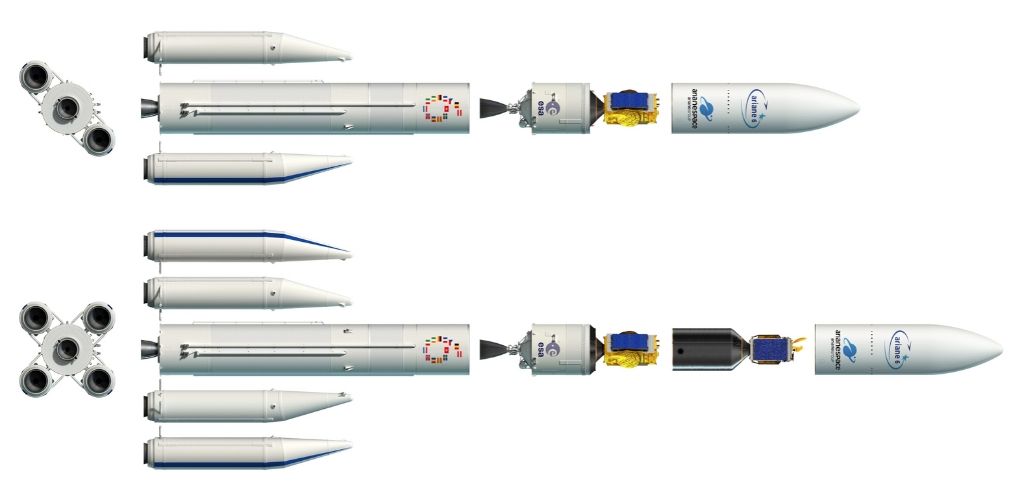
Artist’s view of the two configurations of Ariane 6 – Credit: ESA–David Ducros, 2018
From Space With Love – How will you experience this first launch? Will you be at the Kourou spaceport during this first launch?
Aline Decadi – I think that everybody working on this Launch System during the development deserves it.
I’m well aware of the fact that being part of the development of a new launch system and in Europe, it’s a one-lifetime opportunity in a carrier. So I’m very happy and motivated to achieve the mission with my teammates!
Last December, I attended the first complete verticalization of the launcher mockup in Kourou. It was very impressive because the launcher mockup is a tube of 70 meters high, 38 tons, representative of the real central core in terms of mass, centering and inertia. It was performed under the Ariane 6 Mobile Gantry of 6,500 tons (metal frame), 90 meters high. This has been an important step for reaching the qualification of the associated ground means.
First verticalisation of #Ariane6 launcher mock-up 🚀💪 in #Kourou #CSG #ELA4 #ESA #CNES @eiffage @Arianespace @ArianeGroup @apcoworldwide @esa @esaoperations @esa_sts @ESA_fr pic.twitter.com/xA8Kq8i4Yd
— Aline Decadi 🚀🏍 👩🏻🚀 (@AlineSpaceBiker) December 1, 2019
And there will be a lot more amazing achievements for the whole teams over Europe working on Ariane 6 in the following months. So I can’t imagine how I will feel for the maiden flight, but for sure it will be unique! But for now, I stay focused on the hard work still to be performed to reach our target.
From Space With Love – And you Jean-François, how will you experience the first launch of Ariane 6?”
Jean-François Clervoy – I will probably experience the first launch real time on the website of ESA. Now, there is good coverage. Anybody can attend with their own computer. I don’t have any reason to be in Kourou although if I am invited I will go! I love Kourou, I love to see rockets that can go from Earth, whether it’s manned or unmanned rocket. It’s very impressive.
I’ve seen Soyuz, I’ve seen Ariane 5, I’ve seen space shuttles. For me, each time is very emotional because it’s 100% of human intelligence, coordinated peacefully for the good of humankind, for the destiny of our species and for knowledge which come to that point. It’s fantastic. And it’s a lot of energy involved! It’s a 10, 20, 30 gigawatt… That means you could feed in electricity, the whole France in the summer with the mechanical power put up with those engines.
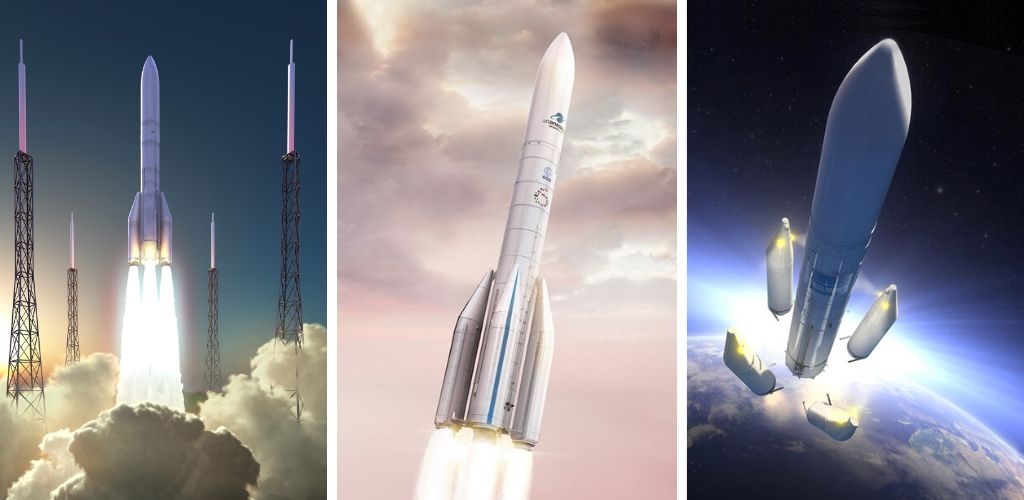
Ariane 6 CGI – Credit: ArianeGroup
So I will see that we see that from distance, but I know I will be moved. I will just regret that the design of the Ariane 6 has not taken into account, as opposed to Ariane 5, its predecessor, the possibility to man-rate the launcher. That means Ariane 6 will never launch any human being. It is not designed to evolve into a man-rated launcher which can eventually carry a capsule with people inside. Ariane 5 was from the very beginning designed in order to be compatible with human spaceflight. The first space flight of Ariane 5 was supposed to be for the Hermès space plane. Manned, unmanned, there are discussions.
It’s a regret because for me it’s a sign that Europe is decided for the time being, probably not forever, to not get engaged into human-rated launch systems. Because we cooperate with the Russians, we cooperate with the Americans, we might likely have some European fly with the Chinese in the next decade and we might be the first non-Chinese to fly with them. For this reason, we don’t get engaged in a man-rated launcher.
So I will have a tear in my eye, probably regretting that Ariane 6 is not potentially a launcher for European astronauts. But still, it keeps our knowledge at a high level. And there our engineering capability at a high level enough to eventually design a man-rated launch system the day we want to do it.
From Space With Love – Thank you both!
Aline Decadi – And thank you Jean-Francois for the new edition of your book “Histoire de la conquete spatiale” and for the nice “dedicace” inside.
A big thank you to Jean-Francois Cervoy for the new edition of your book " Histoire de la conquete spatiale" and for your nice message 😍 🚀 #spaceisbeautiful
— Aline Decadi 🚀🏍 👩🏻🚀 (@AlineSpaceBiker) January 23, 2020
.@astro_JFrancois @astrojfclervoy @esa @novespace @cnes #goodvibes #dreams #space #spacenablers #exploration pic.twitter.com/7Wem5bFweH
Latest news about Ariane 6

